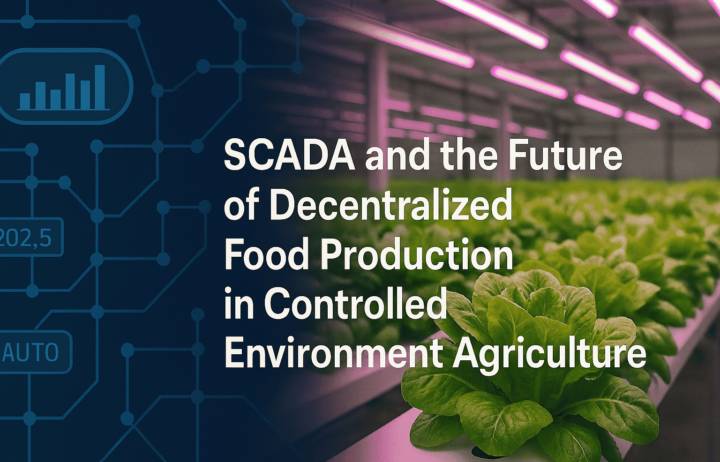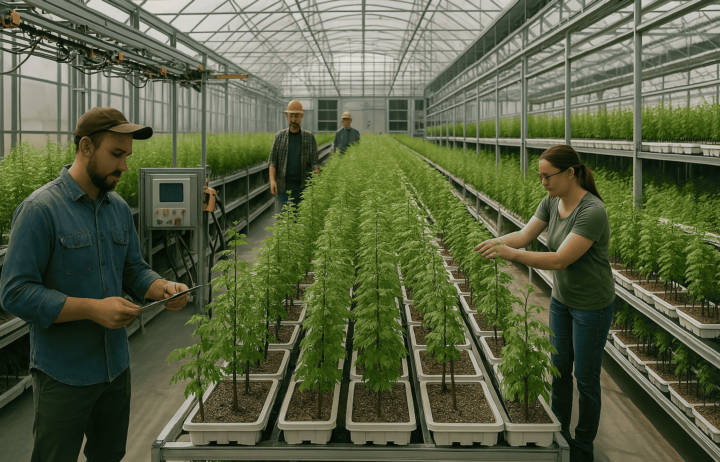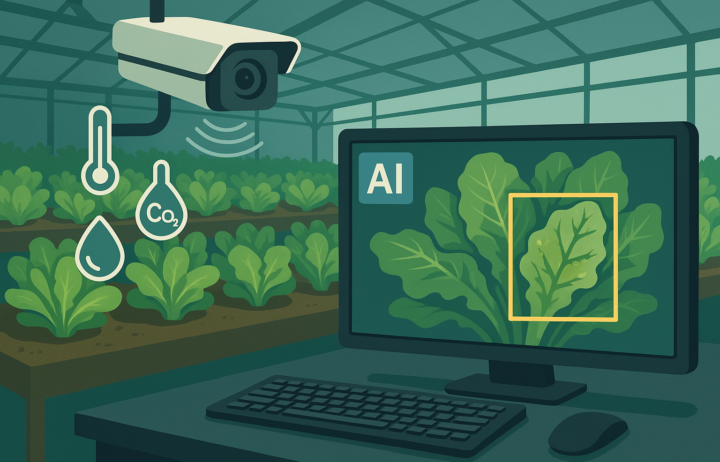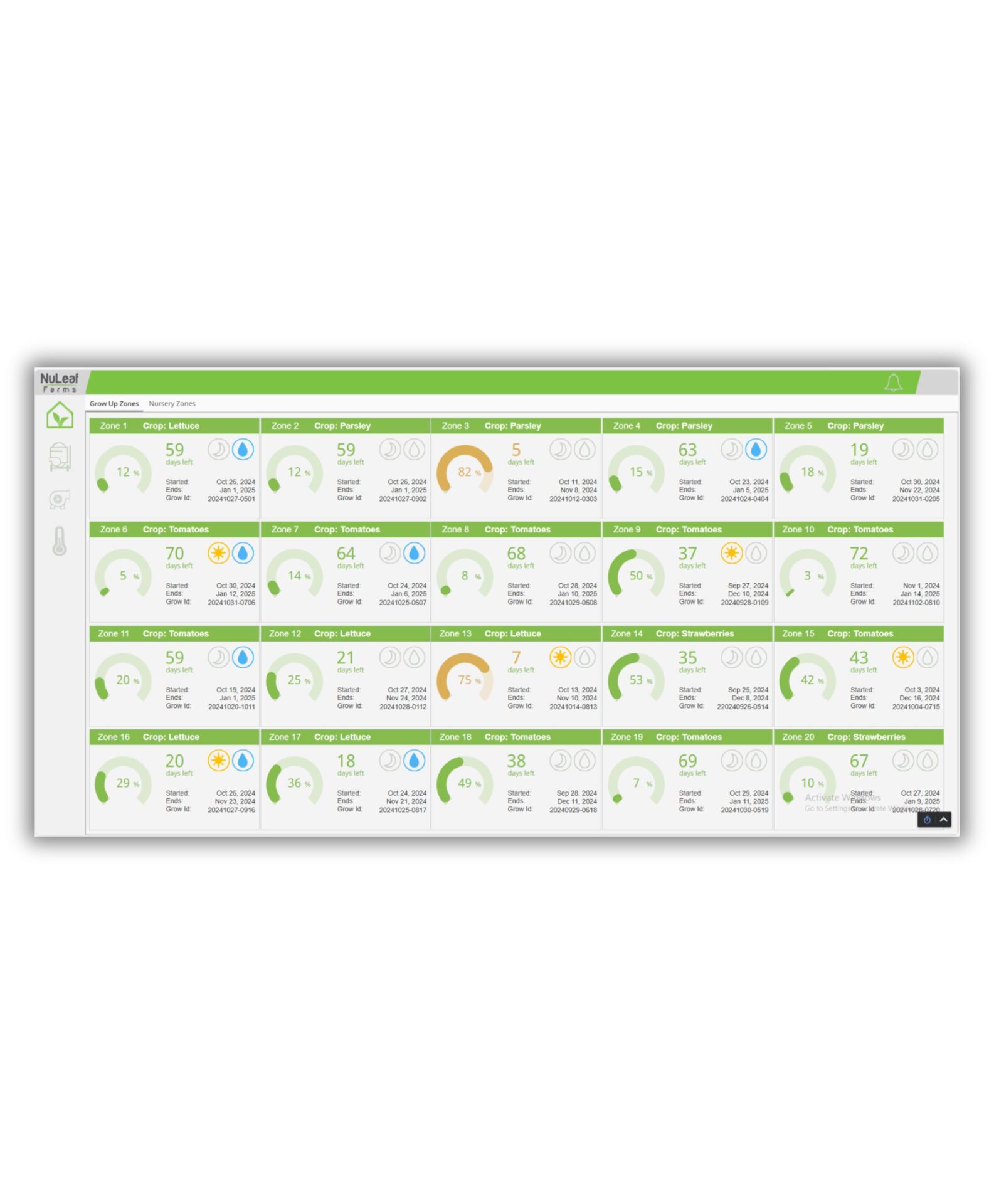
How Automation and Artificial Intelligence Are Transforming Controlled Environment Agriculture (CEA) for Profit and Sustainability
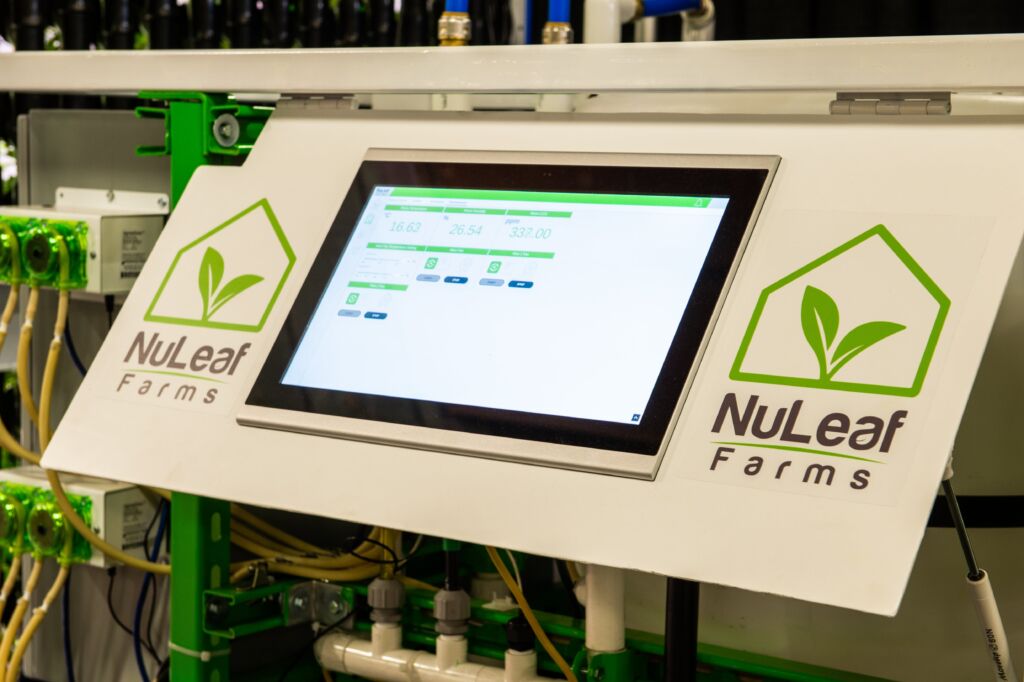
In today’s rapidly changing agricultural landscape, Controlled Environment Agriculture (CEA) is emerging as one of the most reliable and resilient ways to grow food. With the global population rising, arable land shrinking, and unpredictable weather patterns challenging traditional farming, growers are increasingly turning to automation and artificial intelligence (AI) to scale production, reduce costs, and increase the quality and consistency of their crops.
At NuLeaf Farms, we believe that the future of farming lies in technology that empowers growers—not replaces them. With decades of experience in automation, plant science, and controlled environments, we’ve built intelligent systems that help farms operate at peak performance—every hour of every day.
Why Automation and Artificial Intelligence Are Essential Now More Than Ever
Over the last decade, farming has become more complex, and less predictable. Here’s why:
- Labor shortages are growing across North America, particularly in rural and agricultural regions, leading to rising wages and greater dependence on inconsistent labor pools.
- Input costs for fertilizers, electricity, water, and pest control have all increased due to inflation and geopolitical instability.
- Climate change has made weather patterns unreliable, reducing yields and increasing crop failures in traditional outdoor farming.
- Regulatory demands around food safety, traceability, and sustainability are stricter than ever.
- Consumer expectations have shifted toward locally grown, chemical-free, and environmentally responsible food production.
In this environment, farms that rely on manual labor and guesswork are struggling to stay competitive. CEA farms that integrate automation and artificial intelligence are not only surviving—they’re thriving.
The Role of Automation and Artificial Intelligence in CEA
At its core, automation in agriculture refers to the use of machines and digital systems to control and manage farm operations. Artificial intelligence takes this further by enabling these systems to learn from data, identify patterns, and make informed decisions without constant human input.
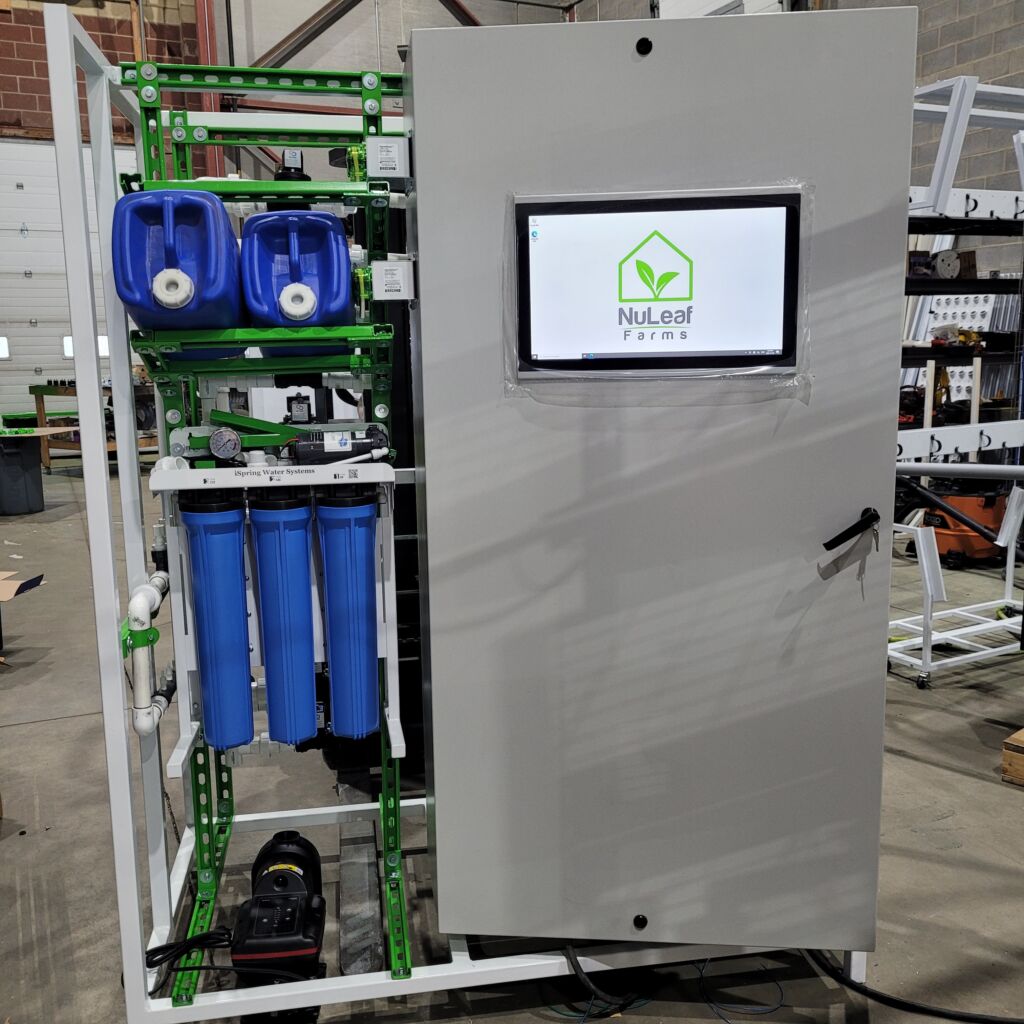
Key Areas Where Automation and Artificial Intelligence Deliver Value:
1. Climate Control and Environment Optimization
In a controlled environment farm, temperature, humidity, light intensity, air circulation, and CO₂ levels all play a critical role in crop success. Artificial intelligence systems can:
- Monitor all variables in real time
- Use historical data and crop profiles to predict the ideal conditions
- Automatically adjust HVAC systems, lights, and humidifiers to optimize plant growth
This leads to stronger, healthier plants, fewer disease outbreaks, and more reliable harvest cycles.
2. Irrigation and Nutrient Dosing
Over- or under-watering crops wastes resources and can cause nutrient lockouts or root rot. Intelligent irrigation and fertigation systems powered by artificial intelligence:
- Measure soil moisture or root zone parameters
- Adjust irrigation cycles and volumes based on crop stage
- Precisely dose nutrients to avoid waste and maximize uptake
Growers can save thousands of dollars per year while maintaining perfect conditions for plant development.
3. Labor Reduction and Task Automation
Labor is one of the highest costs in any CEA operation. Automation replaces repetitive tasks like:
- Opening and closing vents or shade curtains
- Turning on lights and irrigation systems
- Logging data for food safety compliance
At NuLeaf, our Leaf and Root™ platform automates these tasks and schedules daily workflows, enabling small teams to run large operations with minimal staffing.
4. Predictive Analytics and Crop Optimization
Artificial intelligence algorithms can analyze years of growing data to determine:
- Which cultivars perform best in specific environments
- How to reduce crop cycle times without sacrificing quality
- Which stressors (like increased blue light or mild drought) enhance plant flavor or oil content
This opens up opportunities for growers to develop premium products, such as high-terpene herbs, flavorful microgreens, or nutrient-dense lettuces.
5. Inventory, Harvest, and Yield Tracking
Through smart sensors and integrated data systems, artificial intelligence platforms can:
- Track plant batches from seeding to harvest
- Predict yield by analyzing biomass, light absorption, and plant growth stages
- Alert teams when it’s time to harvest, package, or replant
This improves operational efficiency, reduces waste, and simplifies compliance with food safety and traceability regulations.
6. Remote Monitoring and Real-Time Alerts
NuLeaf’s cloud-connected system allows operators to monitor farm conditions from anywhere using a phone, tablet, or laptop. You’ll receive:
- Instant alerts for equipment malfunctions or environmental anomalies
- Real-time performance dashboards for all farm zones
- Weekly reports and insights to optimize operations
For remote or off-grid farms, this capability is essential—especially in regions where access to technicians or specialists may be limited.
Long-Term Benefits of Smart Farming Technology
When growers integrate automation and artificial intelligence into their operations, they aren’t just solving short-term problems—they’re building a future-proof business. Benefits include:
- Scalability – Technology lets you grow your operation without proportionally increasing overhead
- Profitability – Lower costs and higher quality products improve margins
- Sustainability – Better resource use leads to less waste and a smaller environmental footprint
- Market Advantage – Tech-enabled farms can meet certifications, contracts, and consumer expectations with confidence.
Why Choose NuLeaf Farms?
At NuLeaf, we design, build, and support fully integrated CEA systems that combine hardware, software, and service. We don’t believe in one-size-fits-all. Our team works with you to develop a custom solution based on:
- Crop selection
- Business goals
- Geographic location
- Labor availability
- Environmental challenges
We support you from design and installation to optimization, training, and ongoing service.






